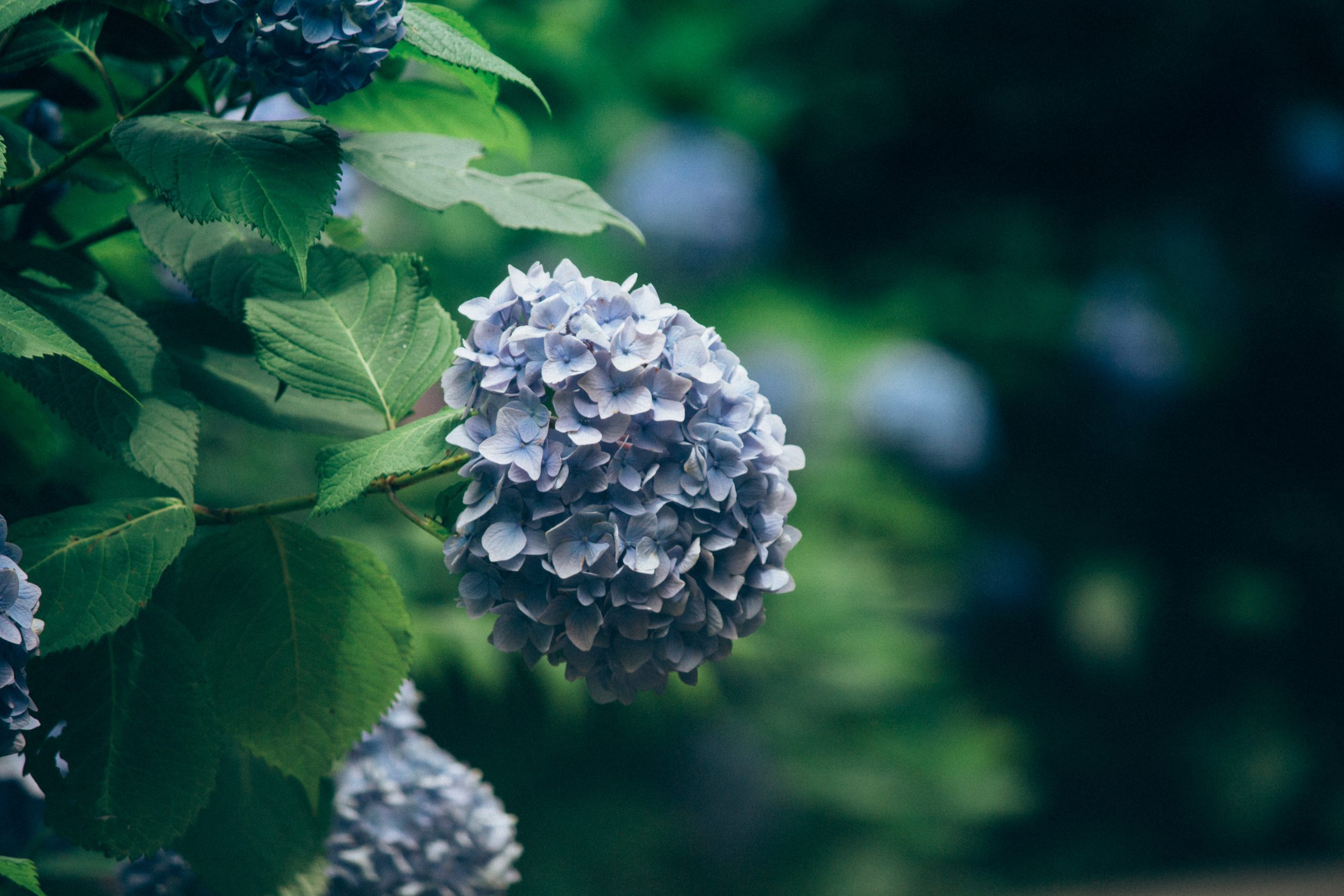Last Updated on January 11, 2022 by Real Men Sow
The majority of hydrangeas are pruned in spring. Their flower heads have been left on for winter to protect the buds below. The exception is climbing hydrangeas, which are pruned in the summer after flowering. Pruning helps prevent hydrangeas from becoming congested and woody, but it often gets confusing when to prune hydrangeas.
When to Prune Hydrangeas Based on Varieties
Different types of Hydrangea can be pruned differently. Some flower on old wood while others on new. Incorrect pruning can cause flowering problems.
Hydrangea macrophylla and Hydrangea aspera can be lightly pruned by removing the flower heads so that there are two buds below. Hydrangea arborescens and Hydrangea paniculata can be cut back more.
It’s best to just deadhead your hydrangea and watch it grow if you don’t know which variety you have. You can prune it more aggressively next year if it starts producing flowers.
When to Prune and Plant Mophead and lacecap hydrangeas
Mophead and lacecap hydrangeas (Hydrangea macrophylla) flower on the previous years’ growth. These are exceptions to the rule that shrubs that flower on previous seasons’ growth should be cut after flowering. It is best to wait until spring to cut back hydrangea stems because of their unique structure. The stems are cork-like rather than woody and retain enough moisture in winter to freeze in frosty conditions. The buds can become frozen if they are not pruned in autumn after flowering. The stems and new buds can be protected by leaving the old flowers on the plants until the worst frosts have passed. These buds will begin to open once the sap begins to rise in spring. Many should continue to bear blooms next year.
Steps To Prune Hydrangeas
Remove last year’s flower heads
Remove old flowerheads in April to just below a pair of buds. You can easily remove hydrangea buds by using secateurs. To remove one stem from a plant with many stems, you can cut the buds at an angle. This will allow the plant to grow one shoot instead of two and prevent it from getting too crowded.
Cut out thin, weak stems
To encourage new shoots, remove any weak or thin stems that are around the base. These will continue to grow and produce flowers in the future.
Cut some stems from an overgrown plant to get it down to its base.
Hydrangea Aspera and Hydrangea Serrata
Hydrangea aspera and Hydrangea serrata can also be lightly pruned in spring. Simply remove any old flower heads or cross-stemmed stems, the same process with mopheads and lacecaps.
Hydrangea paniculata and Hydrangea arborescens
Hydrangea arborescens and Hydrangea paniculata produce flowers on new wood, which allows you to cut them back more easily without losing the previous year’s flowers. Although pruning is not necessary, the plant will grow taller with the majority of the flowers at its top.
Cut back to a healthy framework When Pruning Hydrangeas
In the spring, trim back last year’s growth to create a healthy framework of between 30cm-60cm in height. Prune to just below a pair of healthy buds per stem. For big flowers, cut back to the smallest healthy buds.
Let us know how your spring pruning went! When you are done pruning hydrangeas, you can also sow easy vegetables too!

